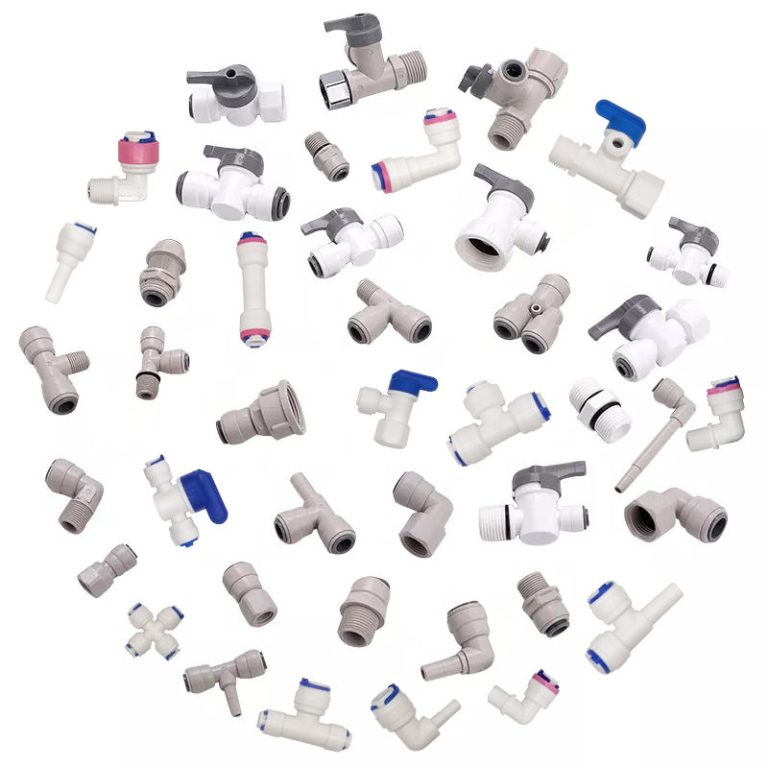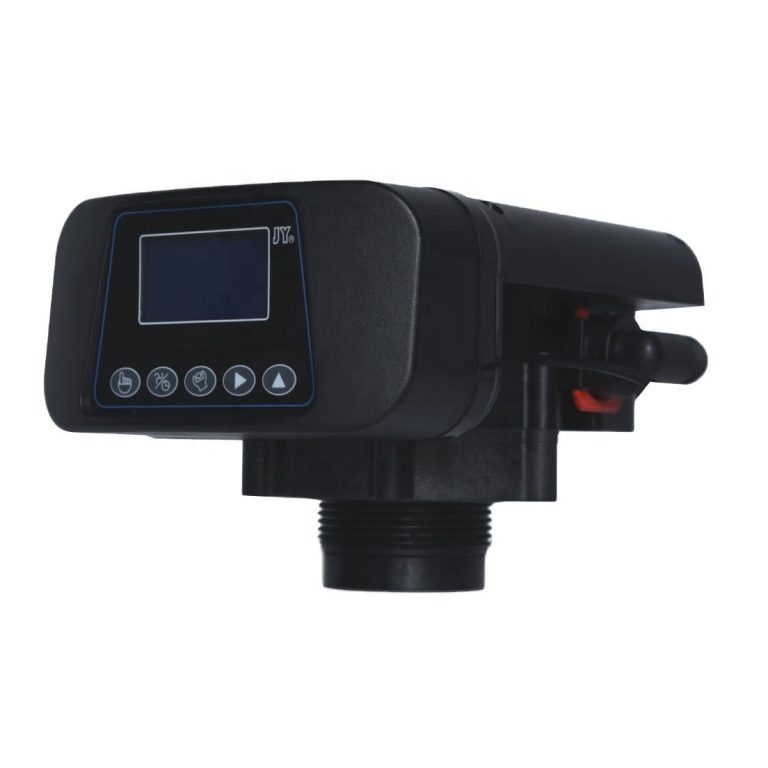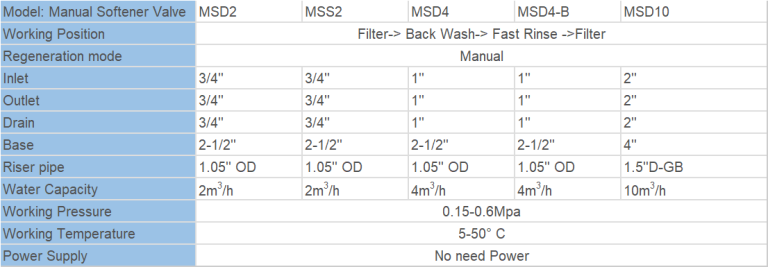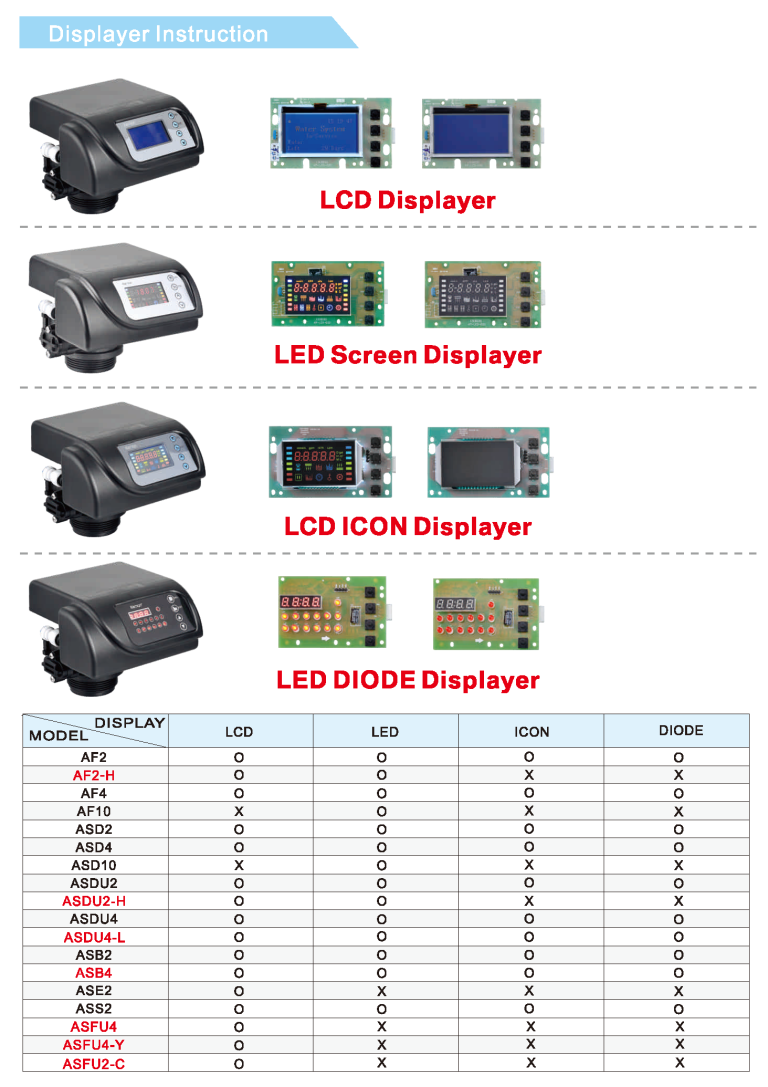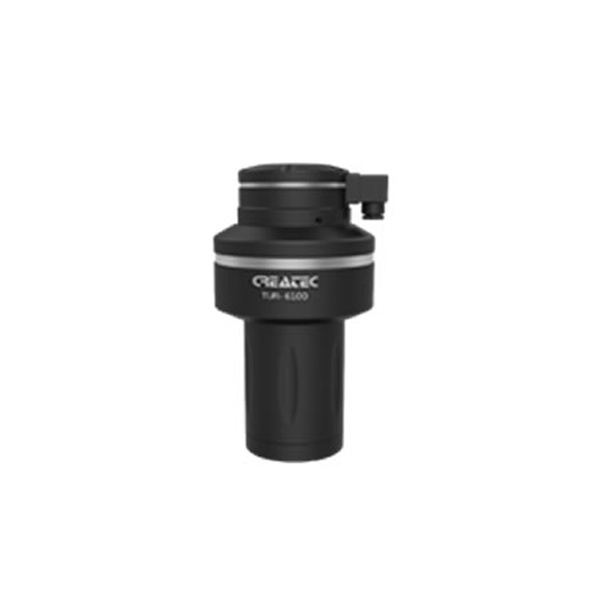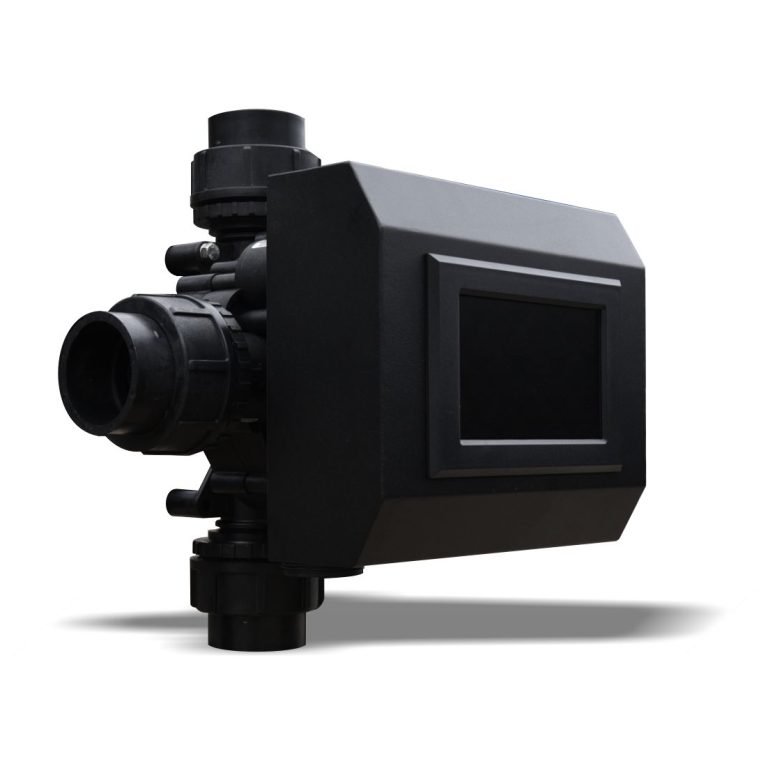Table of Contents
Benefits of Manual Regeneration in Autotrol Systems
Manual regeneration in Autotrol systems offers a range of benefits for users looking to maintain the efficiency and longevity of their water softening systems. By understanding the advantages of manual regeneration, users can make informed decisions about when and how to perform this essential maintenance task.
One of the key benefits of manual regeneration is the ability to customize the regeneration schedule to suit individual water usage patterns. Unlike automatic regeneration, which is typically set to occur at predetermined intervals, manual regeneration allows users to initiate the regeneration process based on their specific needs. This flexibility can help to optimize the performance of the water softening system and ensure that it is operating at peak efficiency.
In addition to customization, manual regeneration also provides users with greater control over the regeneration process itself. By manually initiating regeneration, users can monitor the system more closely and ensure that it is functioning properly. This hands-on approach can help to identify any issues or irregularities that may arise during the regeneration process, allowing for prompt troubleshooting and maintenance.
Another benefit of manual regeneration is the ability to conserve water and salt. By only regenerating the system when necessary, users can avoid unnecessary water and salt consumption, ultimately reducing operating costs and environmental impact. This efficient use of resources can also help to extend the lifespan of the water softening system and minimize the need for repairs or replacements.
Furthermore, manual regeneration can help to improve water quality by ensuring that the system is regenerating at the optimal time. By monitoring water hardness levels and initiating regeneration when needed, users can prevent the buildup of minerals and contaminants in the water supply. This proactive approach to water softening can lead to cleaner, healthier water for drinking, cooking, and bathing.
In addition to these practical benefits, manual regeneration can also provide users with a greater sense of ownership and responsibility for their water softening system. By actively participating in the maintenance process, users can develop a better understanding of how the system works and how to troubleshoot common issues. This hands-on experience can help to build confidence and competence in managing the system effectively.
| Model | Central tube | Drain | Brine tank connector | Base | Maximum power | Operating temperature\\u00a0 |
| 2900 | 1.9″(1.5″)O.D. | 3/4″NPTM | 3/8″&1/2″ | 4″-8UN | 143W | 1\\u2103-43\\u2103 |
Step-by-Step Guide to Performing Manual Regeneration on Autotrol Systems
Autotrol water softeners are a popular choice for homeowners looking to improve the quality of their water. These systems work by removing minerals such as calcium and magnesium from the water, which can cause hard water issues like scale buildup and soap scum. One important maintenance task for Autotrol water softeners is manual regeneration, which helps ensure the system continues to operate efficiently.
Manual regeneration is necessary when the system fails to regenerate automatically, typically due to power outages or other issues. Performing manual regeneration on an Autotrol system is a straightforward process that can be done by following a few simple steps.

To begin, locate the control panel on your autotrol water softener. This panel is typically located near the top of the unit and contains buttons or a dial for programming and controlling the system. Before starting the manual regeneration process, make sure the system is in the service position. This is usually indicated by a green light on the control panel.
Next, press the regeneration button on the control panel. This button is typically labeled with a symbol that looks like two arrows in a circle. Pressing this button will initiate the regeneration process and start the system’s cleaning cycle.
Once the regeneration process has started, you may hear water flowing through the system. This is normal and indicates that the system is flushing out the accumulated minerals and debris. The regeneration process typically takes around 2 hours to complete, so it’s important to allow the system to run uninterrupted during this time.
After the regeneration process is complete, the system will automatically return to the service position. You can verify that the regeneration was successful by checking the control panel for a green light or other indicator that the system is back in service mode.
It’s important to note that manual regeneration should only be performed when necessary, as excessive regeneration can lead to premature wear and tear on the system. If you find yourself needing to manually regenerate your Autotrol system frequently, it may be a sign that there is an underlying issue that needs to be addressed.
In addition to performing manual regeneration, regular maintenance of your Autotrol water softener is essential to keep it running smoothly. This includes checking and replacing the salt in the brine tank, cleaning the resin tank, and ensuring that the system is properly calibrated.
By following these simple steps and staying on top of regular maintenance tasks, you can ensure that your Autotrol water softener continues to provide you with high-quality, softened water for years to come. If you have any questions or concerns about performing manual regeneration on your Autotrol system, don’t hesitate to reach out to a professional for assistance.

